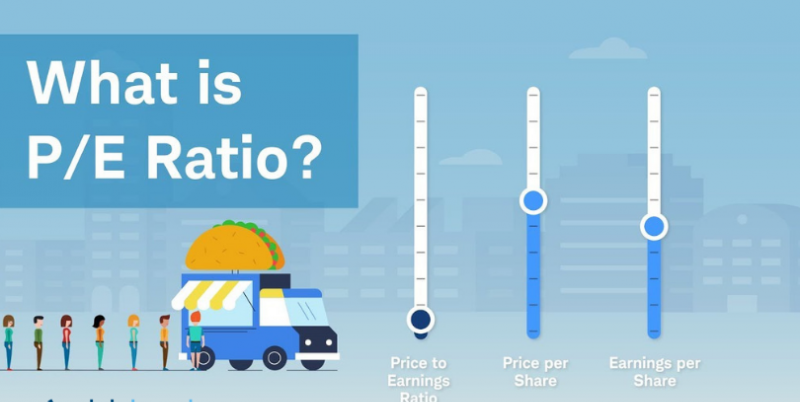One of the things that make people hesitate about investing in the market is that they believe that the market is a kind of jungle in which they will get lost. However, investing money in the market is the only way you could earn extra income which is of a higher value than those offered by conservative schemes like fixed deposits. Thanks to the existence of mutual fund schemes, investments in the market have been simplified. Moreover, with the help of a SIP, you could invest a low sum regularly instead of making a one-time lump-sum investment. But there is an important thing about mutual funds schemes that you need to learn. And the said factor that you need to keep in mind is the PE i.e., price-earnings ratio.
What is a PE ratio?
As stated earlier, the PE Ratio is the abbreviation for the price-earnings ratio. In the mathematical format, PE Ratio can be represented as:
PE Ratio = Market price of a share
Earnings of a share
The said ratio is one of the first things that direct equity investors look at before going ahead and making a purchase of a share.
What are the types of PE ratios?
Here are the different types of price-earnings ratios:
- Trailing PE ratio:
Also referred to as TTM PE i.e., trailing twelve months PE ratio, they are known for using the last four quarters of incomes. This type of PE ratio stands in complete contrast to the next one, which is:
- Forward PE Ratio:
If trailing PE ratios are known for using the last four quarters of revenue, forward is known for making the use of the next 4 quarters. This sounds a bit doubtful, doesn’t it? This type of ratio is known for attempting to predict the income someone can earn by following and analysing trends.
- NIFTY 50 PE ratio:
As indices like NIFTY 50 are a list of companies, the NIFTY 50 is allowed to have its own PE ratio.
How to interpret them?
The price-earnings or PE ratio signifies the value of an asset class. In case the ratio of NIFTY 50 is low, it is safe to say that the index is undervalued. Conversely, in case the PE ratio of NIFTY 50 is on the rise, it can be said that the NIFTY 50 is overvalued. So, what type of value do you think is more favourable for your mutual fund portfolio? Before learning the answer, let’s look at an example that will help you understand the answer. You visit a market to buy an apple and there, you find three shops:
- Shop 1 has apples of good quality at an extremely affordable price
- Shop 2 of the same quality at a higher price
- Shop 3 sells apples at the same price as shop 1, but the quality is not as good as shop 1.
So, ideally, where should you buy apples from? It is better to buy from the first shop because it is both affordable and is of high quality. Simply put, it offered value. In case the utility is of a higher value than the price, then it can be considered good. Similarly, in the world of investments, a low PE Ratio of the NIFTY 50 is of great value to investors. On the other hand, a high PE Ratio is indicative of a poor value for investments, especially those made for equities.
How PE Ratio influences mutual fund returns?
As stated earlier, PE ratios are used as a reference for deciding whether one should opt for equity mutual funds or not. The returns earned on equity investments made during lower PE levels are higher than those made during higher PE levels. So, the simple answer is yes, PE ratios do have an impact on your mutual fund returns.




